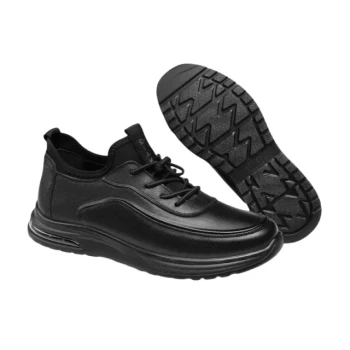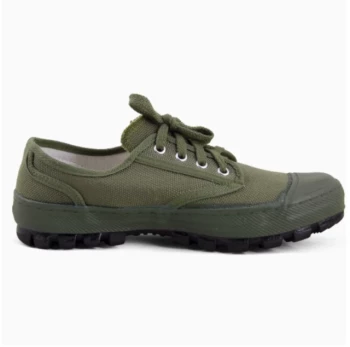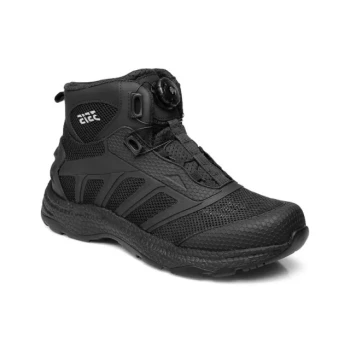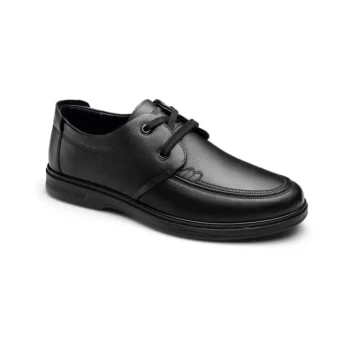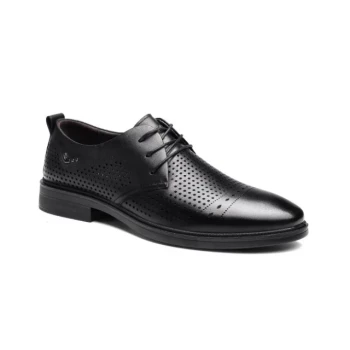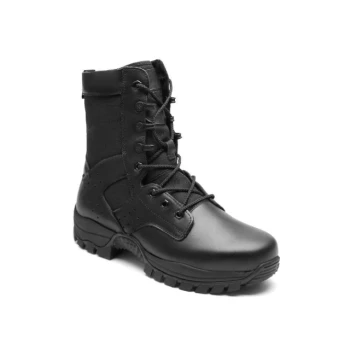For centuries, shoemaking remained a painstaking handcraft—until one innovation transformed it into a scalable industry without sacrificing quality. The Goodyear welt machine didn’t just accelerate production; it redefined consumer expectations for footwear longevity. Here’s how Charles Goodyear Jr.’s 19th-century invention became the gold standard for durable shoes.
The Invention That Changed Shoemaking
Origins in Industrialization: Charles Goodyear Jr.'s Innovation
Amid the Industrial Revolution, footwear remained stubbornly labor-intensive. Cobblers hand-stitched soles to uppers using the welt—a leather strip bridging both components. While durable, the process was slow and costly.
Enter Charles Goodyear Jr. (son of the rubber vulcanization pioneer). In 1871, he patented a machine that automated welt stitching. Unlike earlier attempts, his design preserved the structural integrity of hand-welted shoes while slashing production time.
Technical Breakthroughs: Anatomy of the Machine
The Goodyear welter’s genius lay in its replication of manual techniques:
- Double stitching: Mimicked the cobbler’s two-needle approach, locking the upper, welt, and sole together.
- Cork filling: Automated injection of granulated cork between layers, molding to the wearer’s foot over time.
- Precision tension control: Ensured consistent stitch tightness—critical for waterproofing and durability.
"The machine didn’t replace craftsmanship; it engineered consistency into every pair," notes a footwear historian.
From Workshop to Factory: Scaling Quality Footwear
Efficiency Gains vs. Hand-Welted Methods
Prior to mechanization, a skilled cobbler might produce five pairs per week. The Goodyear machine boosted output to 50+ pairs daily per operator—a 100x efficiency leap—while maintaining:
- Equal durability: Machine-stitched welts resisted separation as effectively as handwork.
- Superior uniformity: Reduced human error in tension and alignment.
Democratizing Durability: Cost and Accessibility Shifts
Hand-welted shoes were luxury items, costing weeks’ wages for laborers. Goodyear-welted versions cut prices by ~60%, making resolable footwear attainable for:
- Industrial workers: Needed boots that could outlast factory conditions.
- Urban professionals: Sought dress shoes that wouldn’t disintegrate in rain or snow.
By 1900, over 80% of durable footwear in Western markets used the method.
Legacy in Modern Footwear
Heritage Brands Upholding the Standard
Today, brands like Church’s and Crockett & Jones still rely on Goodyear welting for its:
- Repairability: Soles can be replaced 3–5 times, extending shoe life to a decade+.
- Comfort: The cork layer adapts to foot contours, reducing break-in pain.
Consumer Benefits: Resoling Culture and Sustainability
The method’s longevity aligns with modern eco-conscious values:
- Cost savings: A $50 resole revives a $400 pair instead of buying new.
- Waste reduction: Fewer shoes discarded due to worn soles.
"My grandfather’s Goodyear-welted Oxfords still look pristine after 20 years—just three new soles," shares a Reddit user in a footwear forum.
Step Into Longevity with 3515’s Expertise
As a leader in bulk footwear manufacturing, 3515 integrates Goodyear welting across dress shoes, boots, and more—delivering distributor-grade durability without the luxury markup. [Contact our team] to explore scalable solutions that balance cost and endurance.
Because the best shoes aren’t just worn—they’re inherited.
Related Products
- Durable Rubber-Soled Utility Shoes for Wholesale & Custom Brand Manufacturing
- Wholesale Training Shoes with Dial Lacing System Custom OEM Manufacturing
- Safety Footwear Wholesale Manufacturer for Custom OEM/ODM Production
- Wholesale Comfortable Business Casual Shoes Custom Manufacturing
- Wholesale Safety Footwear Manufacturer for Bulk & Custom OEM Orders
Related Articles
- Why Vulcanized Soles Outlast: The Science Behind Durable Footwear
- How Vulcanized Soles Became the Unsung Hero of Urban Footwear Culture
- How Vulcanized Soles Balance Style and Performance for Skateboarders
- How Vulcanized Rubber Engineering Creates Unbeatable Outdoor Boots
- How Vulcanized Rubber Work Boots Outlast Alternatives – And When to Choose Differently







